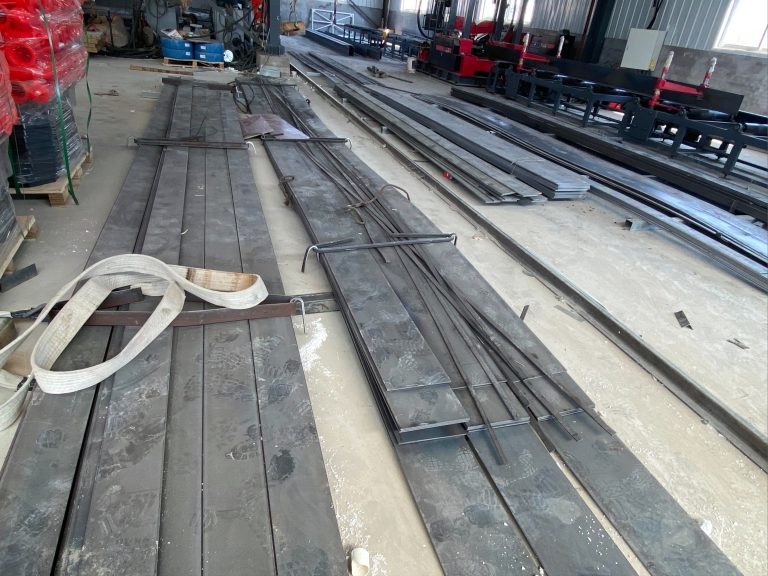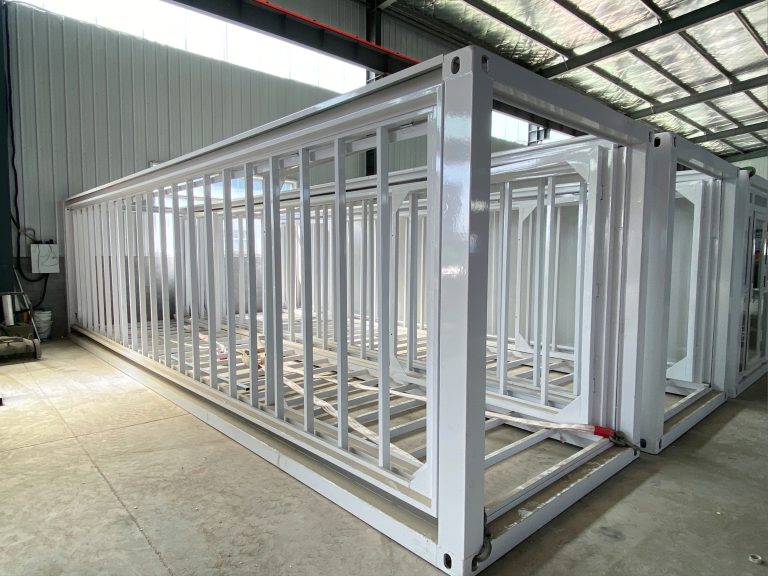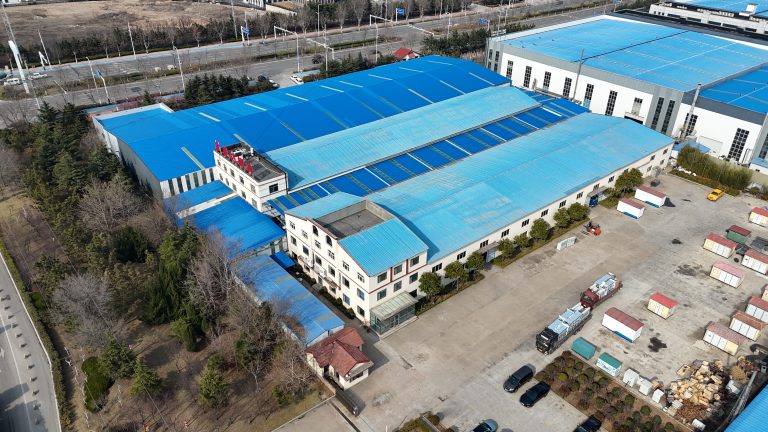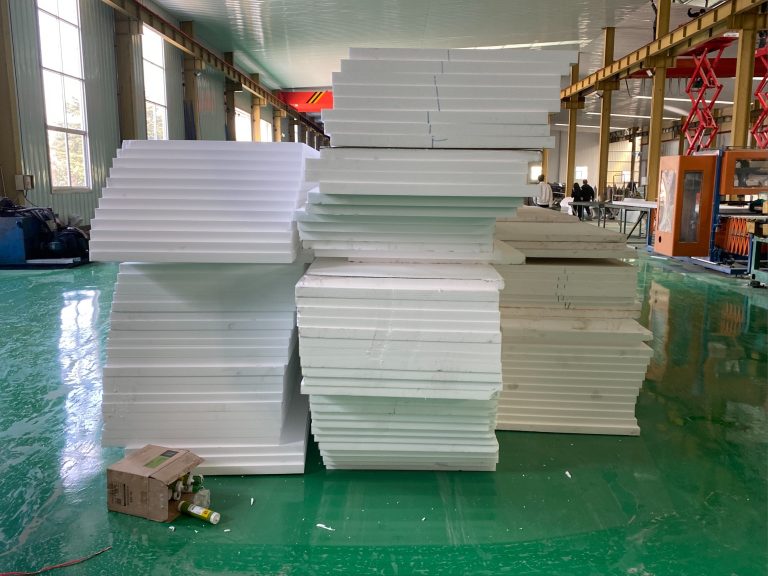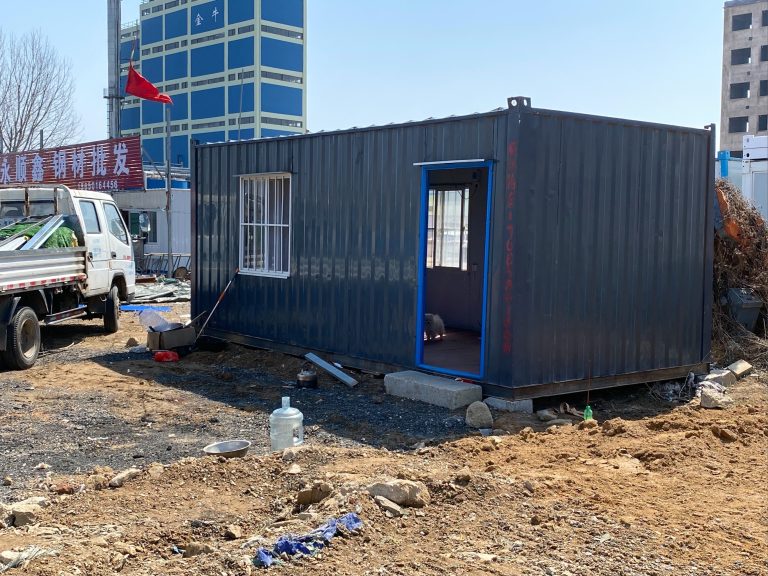Research on thermal insulation technology of container house in extreme climate
Inhoudsopgave
Benefits of Using Aerogel Insulation in Container Houses in Extreme Climates
Container houses have gained popularity in recent years due to their affordability, sustainability, and versatility. However, one of the challenges faced by container house owners is maintaining a comfortable indoor temperature, especially in extreme climates. In regions with extremely hot or cold weather, traditional insulation materials may not be sufficient to provide adequate thermal protection. This is where aerogel insulation comes into play.
Aerogel is a highly porous material that is composed of 99.8% air, making it one of the lightest and most effective insulating materials available. It has a low thermal conductivity, which means it is able to effectively reduce heat transfer through conduction. This makes aerogel insulation ideal for use in container houses located in extreme climates, as it can help regulate indoor temperatures and reduce energy consumption.
One of the key benefits of using aerogel insulation in container houses is its superior thermal performance. Aerogel has a high R-value, which is a measure of an insulation material’s ability to resist heat flow. This means that aerogel insulation can effectively prevent heat from escaping during the winter and entering during the summer, helping to maintain a comfortable indoor temperature year-round.
In addition to its thermal performance, aerogel insulation is also highly durable and long-lasting. Unlike traditional insulation materials such as fiberglass or foam, aerogel does not degrade over time or lose its insulating properties. This means that container house owners can enjoy the benefits of aerogel insulation for many years without having to worry about replacing or upgrading their insulation.
Another advantage of aerogel insulation is its versatility. Aerogel can be easily applied to a variety of surfaces, including walls, ceilings, and floors, making it suitable for use in different parts of a container house. It can also be customized to fit specific dimensions and shapes, allowing for a seamless and efficient installation process.
Furthermore, aerogel insulation is environmentally friendly. It is made from silica aerogel, which is a non-toxic and recyclable material. This means that aerogel insulation does not release harmful chemicals into the environment and can be easily disposed of or repurposed at the end of its lifespan.
Overall, the use of aerogel insulation in container houses located in extreme climates offers a range of benefits. From its superior thermal performance and durability to its versatility and environmental friendliness, aerogel insulation is a cost-effective and sustainable solution for maintaining a comfortable indoor temperature in extreme weather conditions. Container house owners can enjoy the peace of mind knowing that their home is well-insulated and energy-efficient, regardless of the outside temperature.
Case Studies on the Effectiveness of Different Insulation Materials in Container Houses in Extreme Climates
Container houses have gained popularity in recent years due to their affordability, sustainability, and versatility. However, one of the challenges faced by container house owners is maintaining a comfortable indoor temperature, especially in extreme climates. In order to address this issue, researchers have been studying various thermal insulation technologies to improve the energy efficiency of container houses.
One of the key factors in determining the effectiveness of thermal insulation in container houses is the choice of insulation material. Different materials have different thermal conductivity values, which affect their ability to resist heat transfer. In extreme climates, where temperatures can reach both extremes, it is crucial to choose an insulation material that can provide adequate protection against heat loss or gain.
A study conducted by researchers at a leading university compared the effectiveness of three common insulation materials in container houses located in extreme climates. The materials tested were fiberglass, foam board, and spray foam insulation. The researchers measured the indoor temperature of the container houses over a period of several months and analyzed the data to determine which material provided the best thermal insulation.
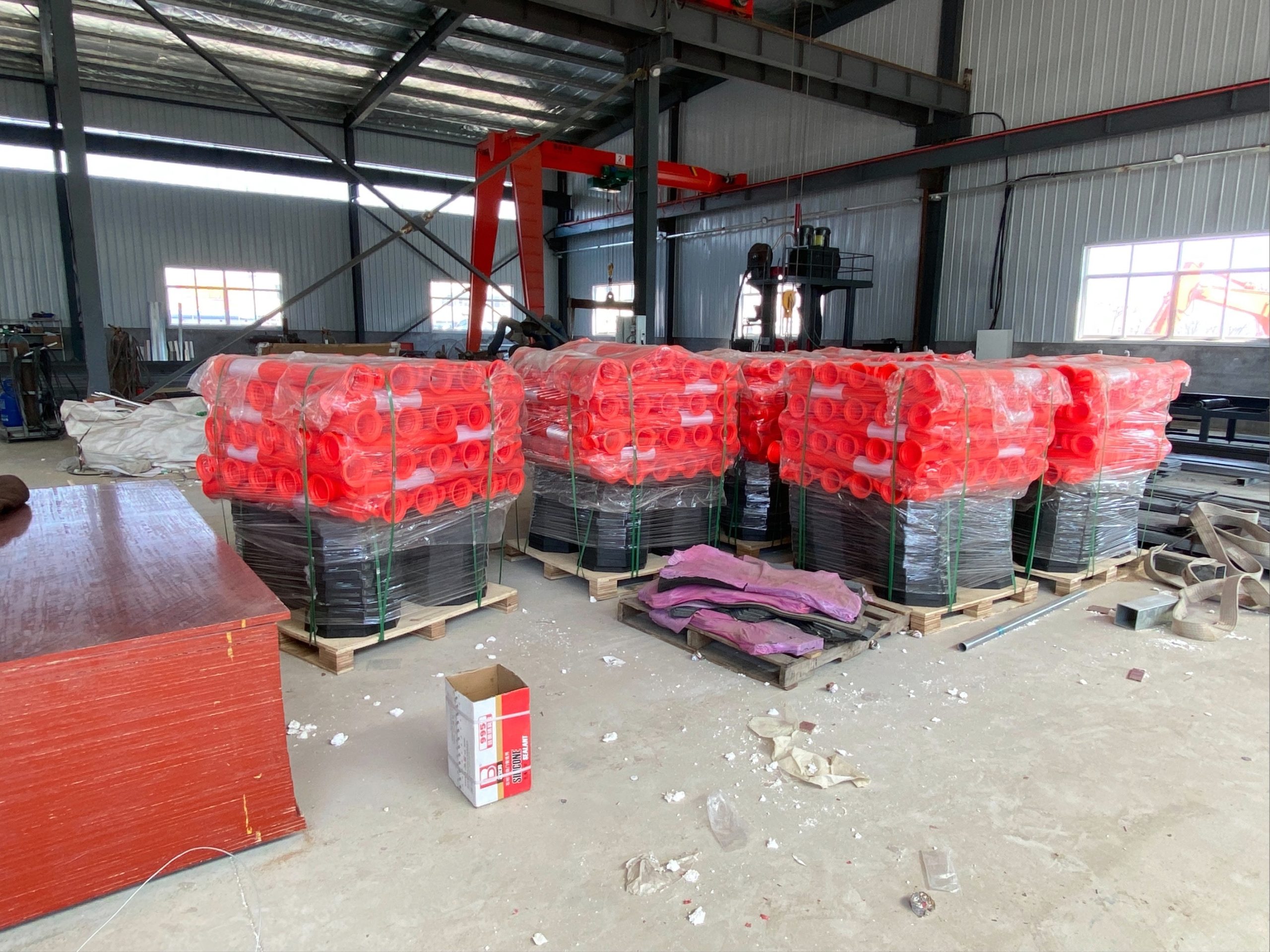
The results of the study showed that spray foam insulation was the most effective in maintaining a consistent indoor temperature in extreme climates. Spray foam insulation has a high R-value, which measures the material’s resistance to heat transfer. This means that spray foam insulation can effectively prevent heat loss in cold climates and heat gain in hot climates, making it an ideal choice for container houses in extreme climates.
In contrast, fiberglass insulation was found to be less effective in extreme climates. Fiberglass insulation has a lower R-value compared to spray foam insulation, which makes it less efficient at preventing heat transfer. Foam board insulation, while more effective than fiberglass, was also found to be less effective than spray foam insulation in extreme climates.
The researchers also noted that the installation of the insulation material played a significant role in its effectiveness. Proper installation is crucial to ensure that there are no gaps or air leaks that can compromise the insulation’s performance. In container houses, where space is limited and the structure is often exposed to the elements, it is important to pay close attention to the installation process to maximize the insulation’s effectiveness.
Overall, the study highlighted the importance of choosing the right insulation material for container houses in extreme climates. Spray foam insulation emerged as the most effective option, providing superior thermal insulation and energy efficiency. However, it is important to consider other factors such as cost, availability, and environmental impact when selecting an insulation material for a container house.
In conclusion, research on thermal insulation technology for container houses in extreme climates is essential to improve the energy efficiency and comfort of these structures. By choosing the right insulation material and ensuring proper installation, container house owners can create a comfortable living environment regardless of the external temperature. Further studies and advancements in insulation technology will continue to drive improvements in the thermal performance of container houses in extreme climates.

